Visions of the Future
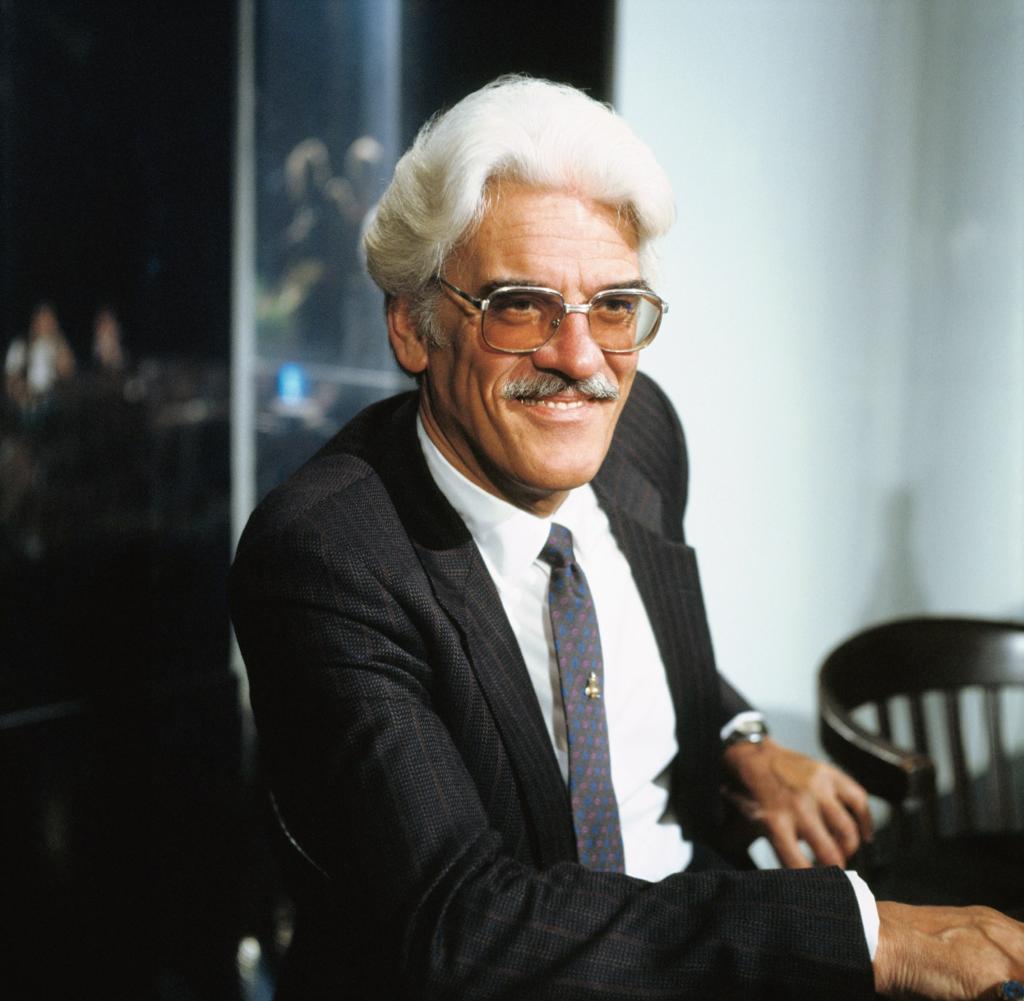
When Gene Roddenberry was working on Star Trek: Phase II in 1977, he solicited advice from two writers on what human society might look like in the twenty-third century.
Jon Povill, who was slated to become the story editor of the new Star Trek television series, and who wrote the episode “The Child” that was later adapted for The Next Generation, penned a memo titled “23rd Century Earth: Context for Enterprise Crew”.
Jesco von Puttkamer, a NASA aerospace engineer who became a consultant and technical advisor on The Motion Picture, wrote “The 23rd Century: A Vision for Star Trek,” which was later published in Future Life magazine in May 1979.
Although few of their ideas were implemented directly — Phase II was canceled — many went on to shape The Next Generation.
Breakthroughs
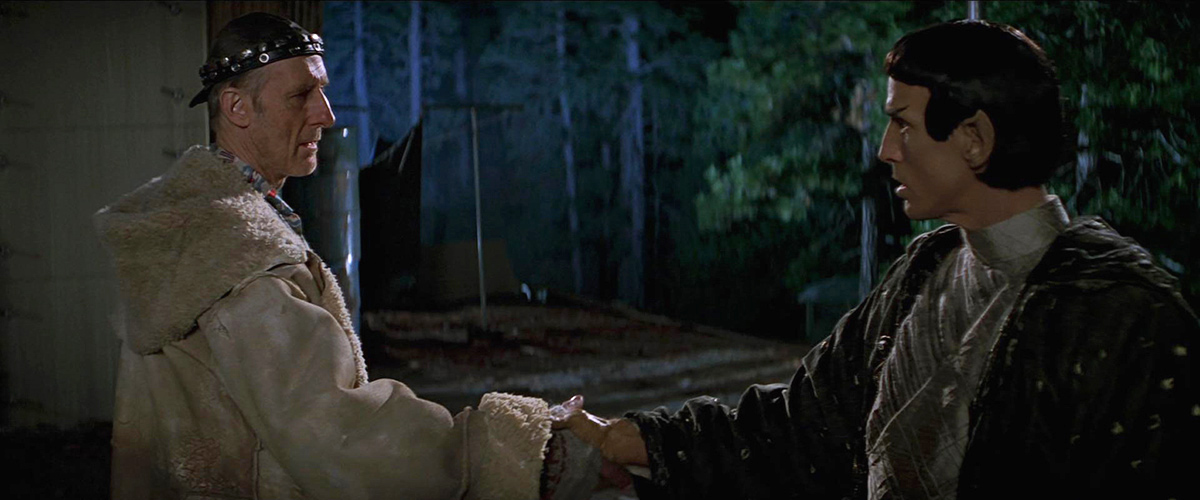
Von Puttkamer argued that for humanity to start exploring the galaxy, three things needed to happen:
- A revolution in bio-genetic engineering and gerontology. “With increased lifespans, people will be able to change careers several times in their lives, and their greatly extended personal time horizons will no doubt cause them to take greater interest in the future and in space.”
- First contact with an alien civilization.
- Advances in propulsion to make interstellar travel possible.
While the first breakthrough is hinted at in Star Trek — McCoy lives to be at least 137 years old — the second and third became staples of the franchise. Warp capability, in fact, became the condition for making first contact.
Liberal attitudes

Povill argued that by the time of Star Trek, humanity would have evolved beyond corruption, greed and fear. The people of the twenty-third century would have little interest in possessions, “be they things or lovers.”
Indeed, he called for very liberal attitudes to sex and relationships. People wouldn’t be ashamed of their bodies to the point where they wouldn’t be embarrassed to be interrupted “in the midst of love-making.” Relationships would generally be non-exclusive unless a “contract marriage” were agreed upon.
The contracts are renewable, which makes monogamy a possibility if it is a continued desire by both parties.
We get a sense of such liberal attitudes from the interactions between Ilia and Decker in Star Trek: The Motion Picture and between Riker and Troi in The Next Generation.
Diversity, Povill wrote, would be welcomed as an opportunity to learn and grow:
The differences between people are a source of delight rather than threat.
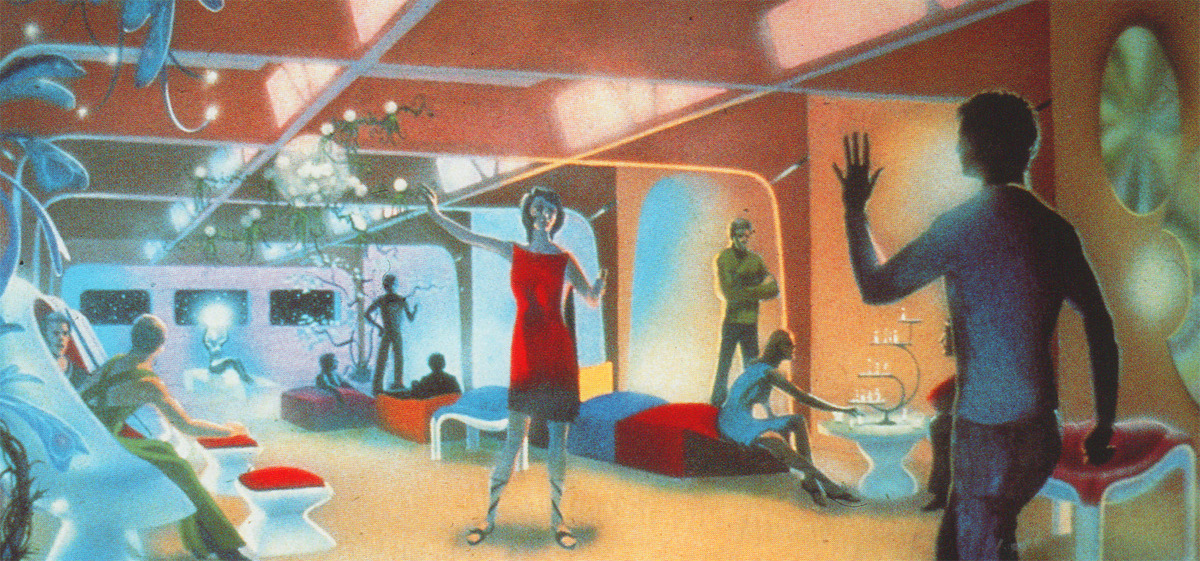
Motivation
Povill argued that, even in the twentieth century, when people attain a certain level of material security, they turn their attention to personal fulfillment. Without material deprivation in the twenty-third century, humanity would be entirely motivated by learning and personal growth.
Von Puttkamer agreed. The humans of Star Trek would be of greater sanity and maturity. With it would come a desire for greater humanity or human-ness.
This clearly influenced The Next Generation. Especially during the first season, the crew regularly reminds alien species or, in the case of “The Neutral Zone”, survivors of the past, that humanity’s efforts are now focused on the betterment of the species.
“The arts flourish.” Nearly everyone would be involved in some kind of artistic endeavor.
Most people can play a variety of traditional and exotic musical instruments.
We see this in The Next Generation as well, where Picard fences, Riker plays the trombone, Data learns to paint, Geordi builds scale models and Dr Crusher and Counselor Troi exercise together.
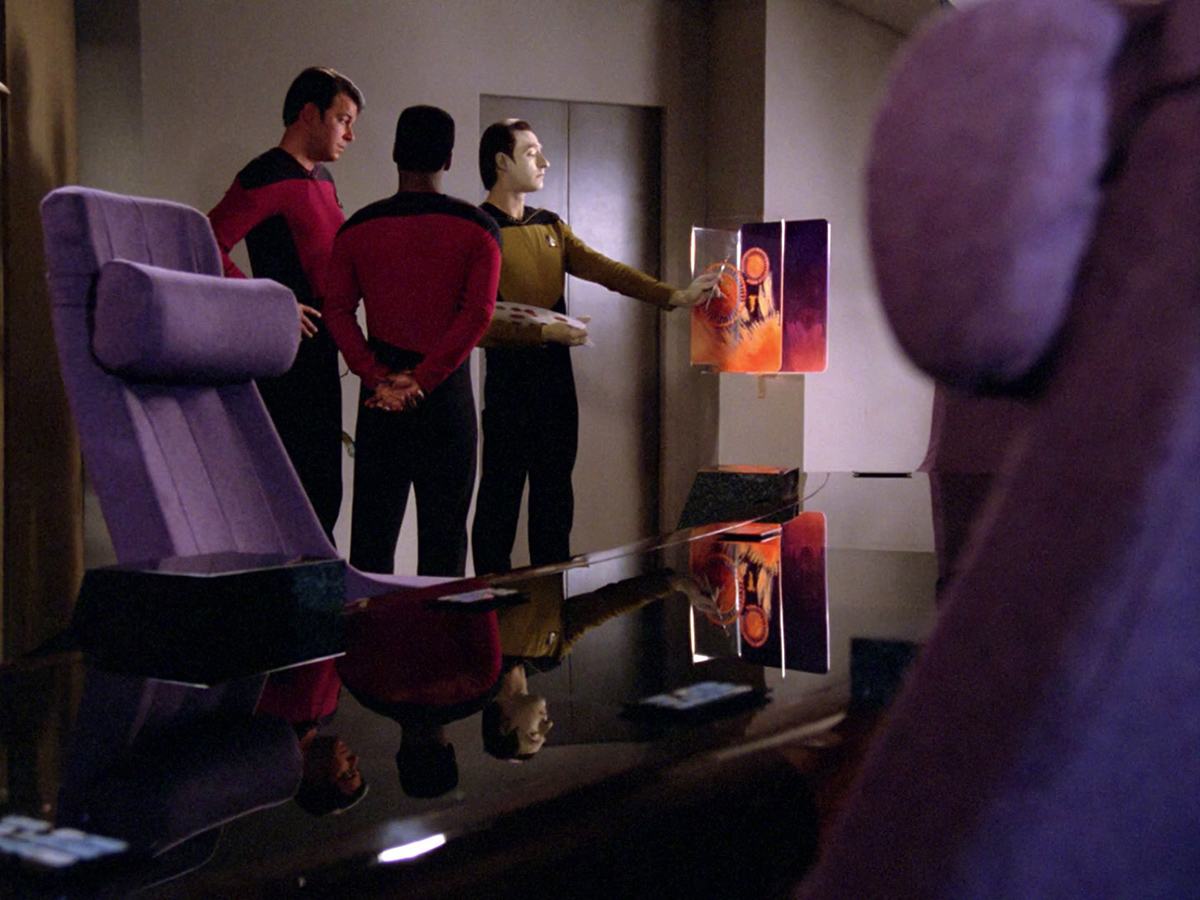
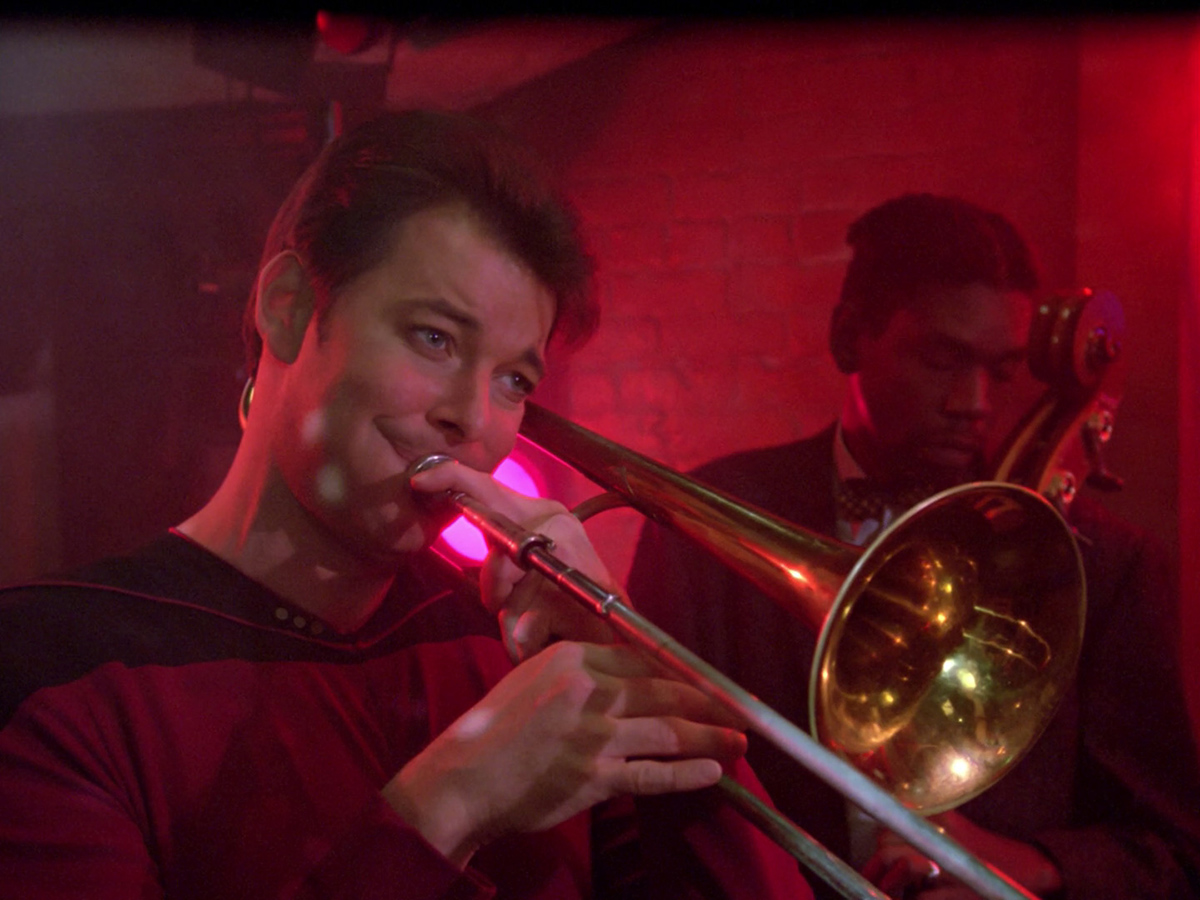
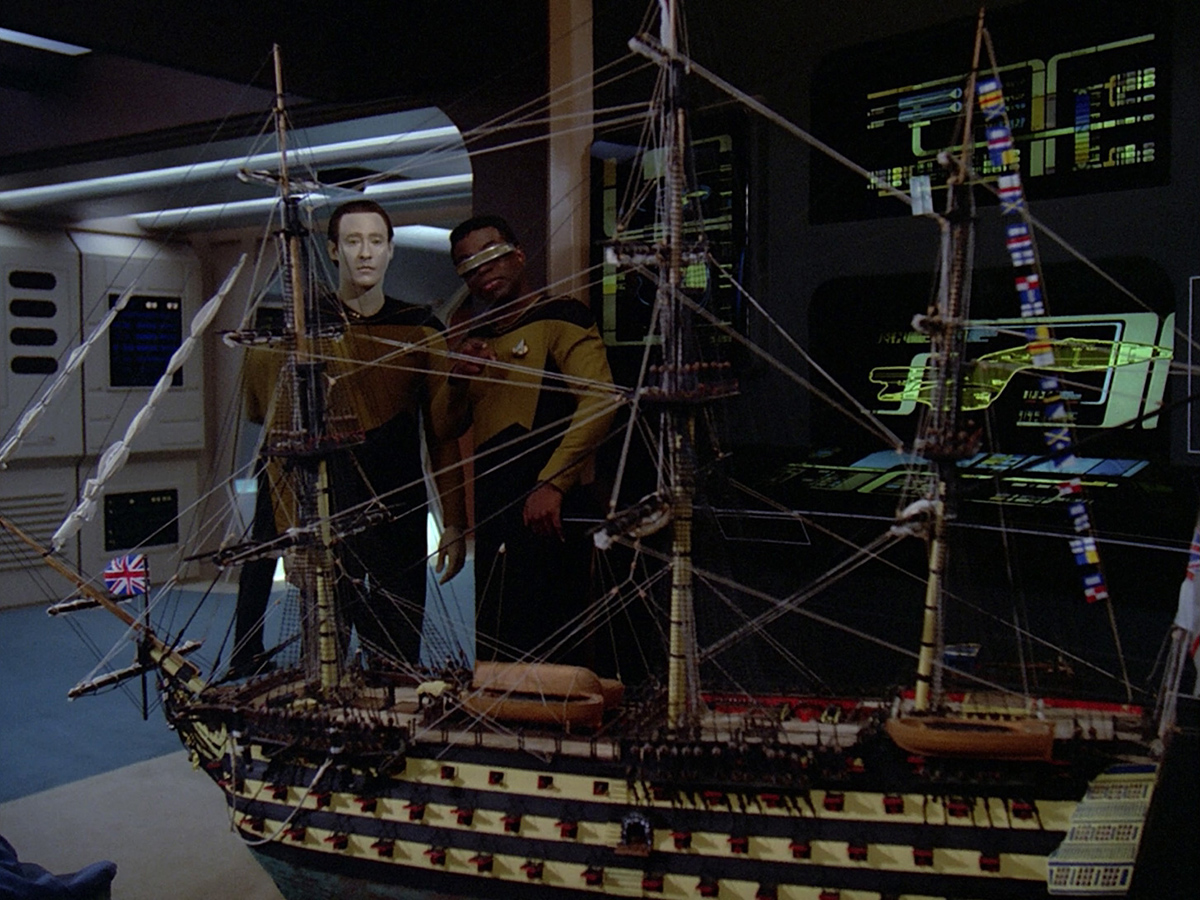
Technology
One thing that sets Star Trek apart from other science fiction is its optimistic attitude toward technology. Von Puttkamer emphasized this.
Technology will be a servant to man, allowing him to develop his human values to unprecedented heights, while at the same time enabling him to deal successfully with vastly greater challenges.
He contrasted this with the movie 2001: A Space Odyssey, in which technology is shown as a deadly enemy of man when the ship’s computer HAL goes berserk.
In addition, instead of coming across as fully developed “human” humans, these coldly sophisticated and blasé space explorers in 2001 seemed rather stunted in their total development. Is this how we want to be?
Von Puttkamer came up with what would become the sonic shower. People would bathe inside an enclosure, he predicted, where “pumps and heaters give you a most enjoyable and efficient shower and rub-down.”
Clothing
Rather than the archaic, bothersome clothing we are accustomed to that requires change, cleaning, pressing, mending, tailoring, buttoning, zippering and so on, Von Puttkamer expected that future man would wear non-reusable clothing that is recycled after each use.
His vision inspired both Robert Fletcher on The Motion Picture and William Ware Theiss on The Next Generation, who designed Starfleet uniforms without buttons and zippers that looked clean and simple.
Fletcher took a different approach on Star Trek II, when Director Nicholas Meyer asked for uniforms that looked more dramatic and militaristic.

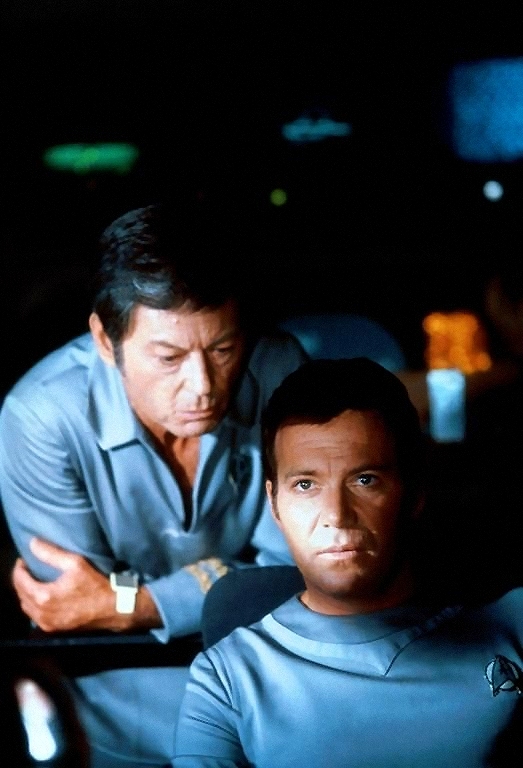
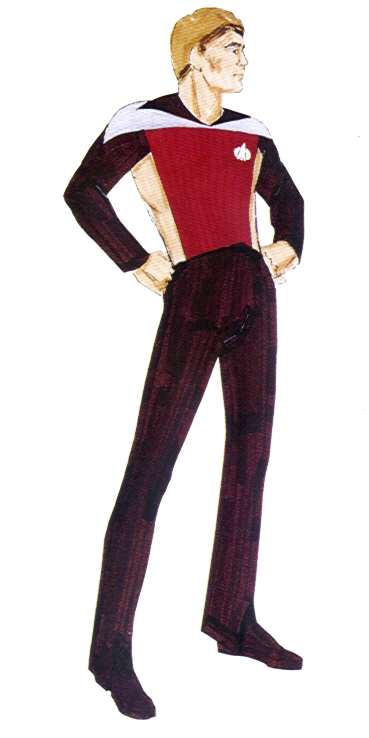
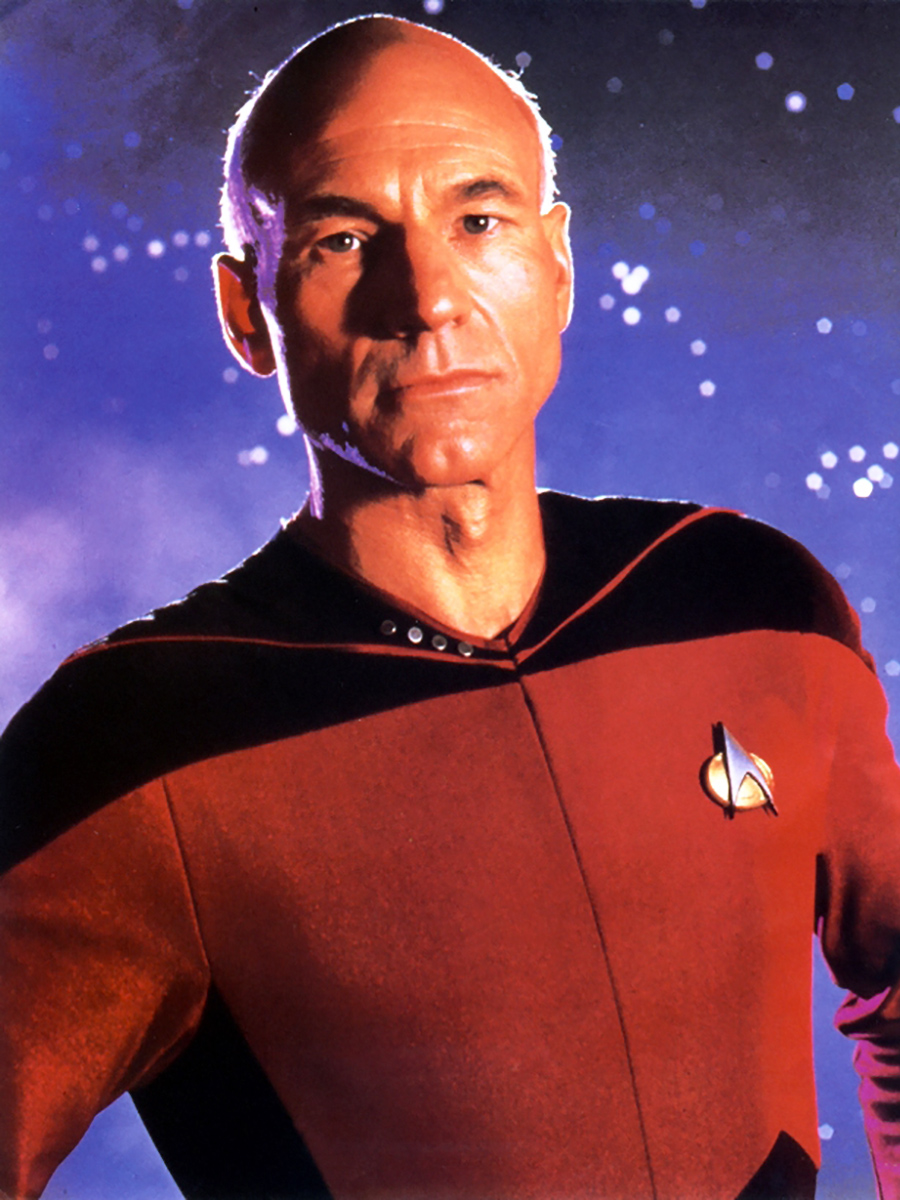
Earth
Von Puttkamer argued there whereas the world of Starfleet would be dynamic — an “ever-expanding frontier society in outer space” — life on Earth would be comparably unexciting and “devoid of adventure except for sports, arts and rituals.”
Natural resource extraction would have been almost entirely eliminated.
Green hills and forests are back, as are clean rivers and crystal-clear skies. Wildlife is abundant, with all formerly endangered species back in business, including the great whales, eagles and wolves.

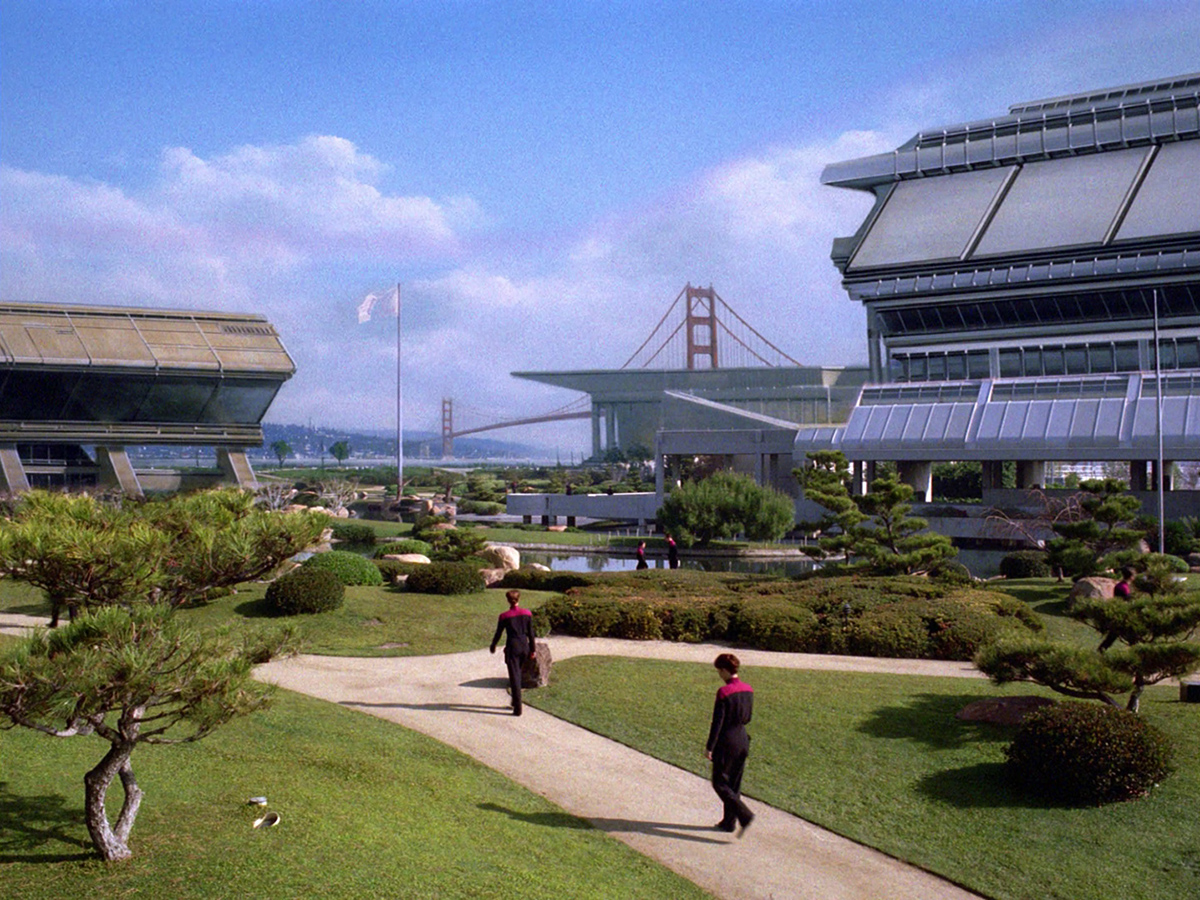
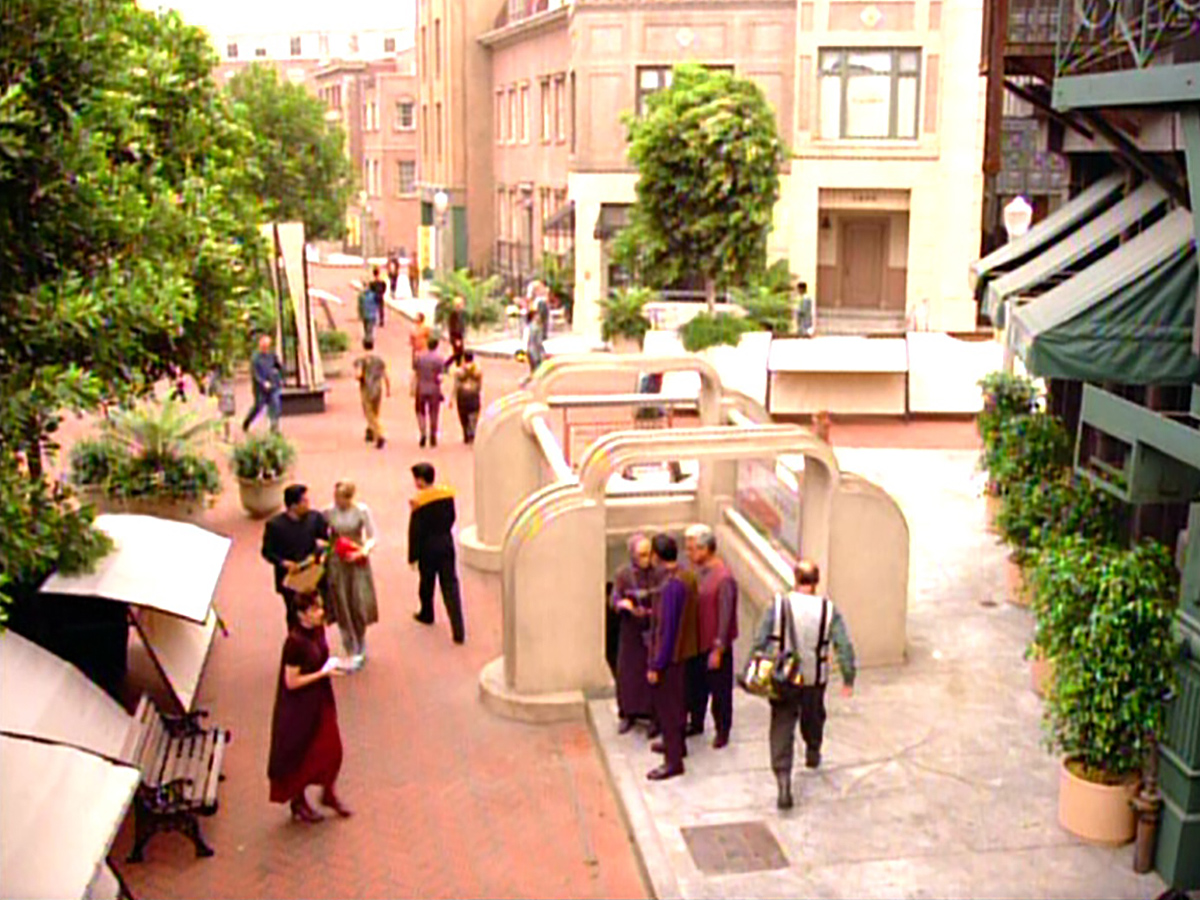
Povill went further, suggesting that the planet would have been largely returned to its natural state.
Lush forests and barren deserts are preserved in pollution-free purity. Industry, commerce and transportation facilities are predominately underground, so that the surface of the planet can be a place to be enjoyed.
This wasn’t shown on screen, but another one of Povill’s ideas did make it: he argued that old cities would be largely preserved. Twenty-fourth-century Paris doesn’t appear all that different from today. New Orleans, as shown on Deep Space Nine, and San Francisco, visited throughout the franchise, are recognizable.
The only exception is Star Trek: Discovery, which turns Paris into a hideous skyscraper jungle.

2 comments
Submit comments by email.